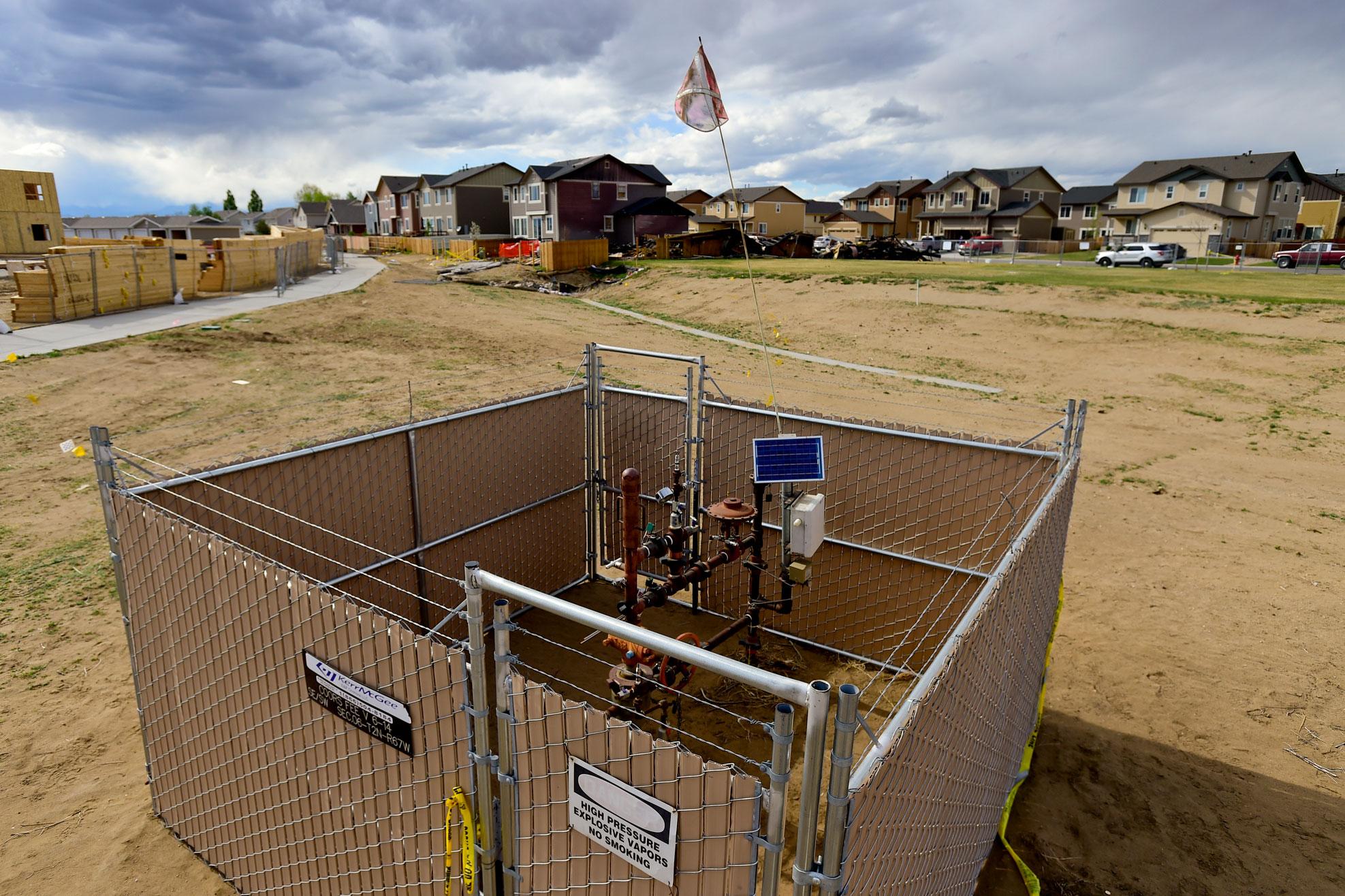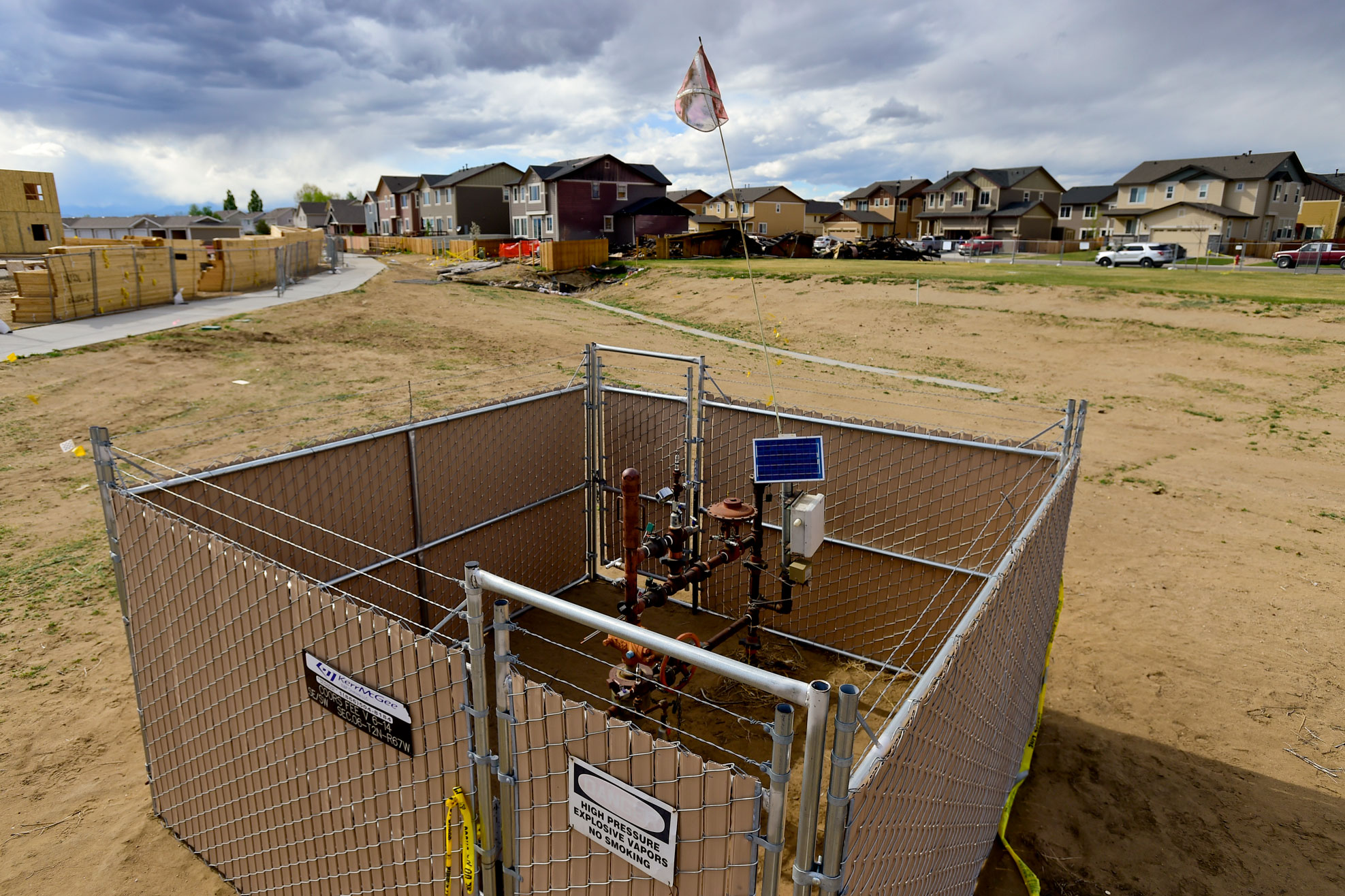

Anadarko Petroleum executives once again find themselves facing a legal battle related to the deadly well explosion in Firestone.
Investors have re-filed a class action complaint — chock full of new details — that alleges management is responsible for lost stock value and that they were aware of safety problems at the company, but continued to cut budgets amid an oil downturn, leading to fatal consequences.
- One Year Later: Neighbors’ Emotions Are Mixed In Firestone
Most of the new information in the amended complaint comes from a whistleblower only identified as “Former Employee 7” — a male, high-ranking superintendent with the company for 12 years, who left Anadarko just before the 2017 blast. Allegations include:
- Twenty-five percent of the wells received from Noble Energy in a big asset swap, that this former employee plugged, were old and dangerous. The Firestone well, known as Coors V 6-14Ji, was part of the swap.
- Anadarko did not know the locations of flowlines and pipelines for up to 30 percent of the wells acquired in the swap with Noble. A flowline, thought to be abandoned, pumped gas into the Firestone home leading to the explosion. In fact, Anadarko couldn’t even locate some whole wells it acquired from Noble, let alone underground pipelines, according to the lawsuit.
- Before Firestone, flowlines on 80 percent of all Anadarko wells in Colorado were deemed low risk by the company and never pressure tested, “in direct violation of Colorado law.”
The former employee also details Anadarko’s use of contractors to carry out inspections in the suit. These contractors, called “pumpers,” were overworked and undertrained, the unnamed source said. They had only about five minutes to conduct cursory inspections, including looking at the well and smelling for leaks. Contractors’ limited inspections would have missed odorless gas from the Firestone well, according to the court filing.
Another claim is that some Anadarko wells were never even inspected. Up to 5 percent of all of Anadarko’s wells were missed because contractors couldn’t handle the work.
The former employee said he and others repeatedly informed upper management of safety problems, but because many of the wells were old, low producers were not given priority.
Anadarko wouldn’t comment on the accusations in the lawsuit.
“Although there is a lot we would like to say at this time,” wrote Jennifer Brice, manager of corporate communications, in an email. “The appropriate path for us is to reserve our response for the court as part of the judicial process.”
Read More: The Deadly Firestone Well Didn’t Produce Much Oil And Gas. Why Turn It On?









